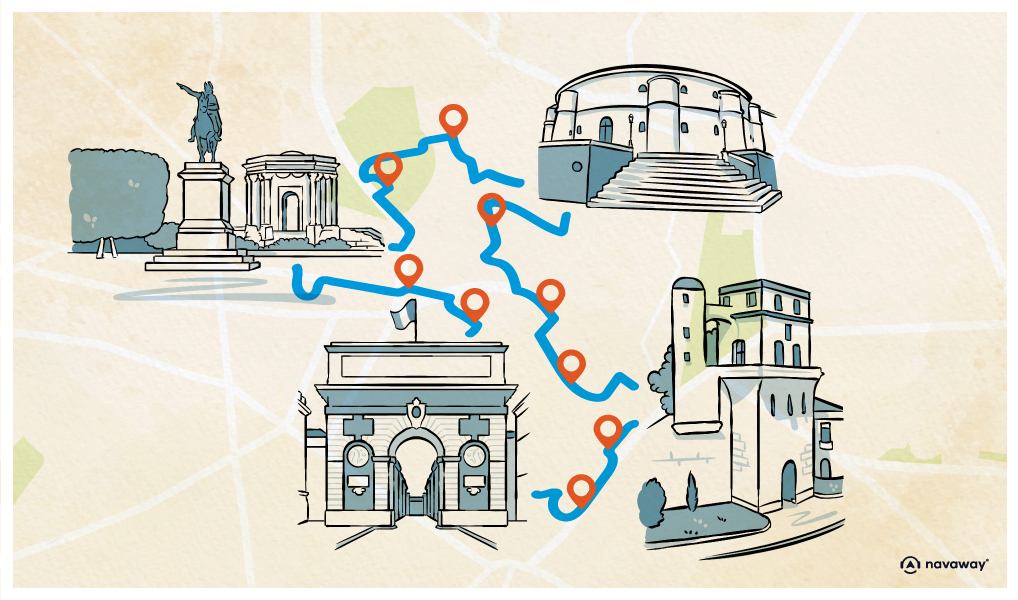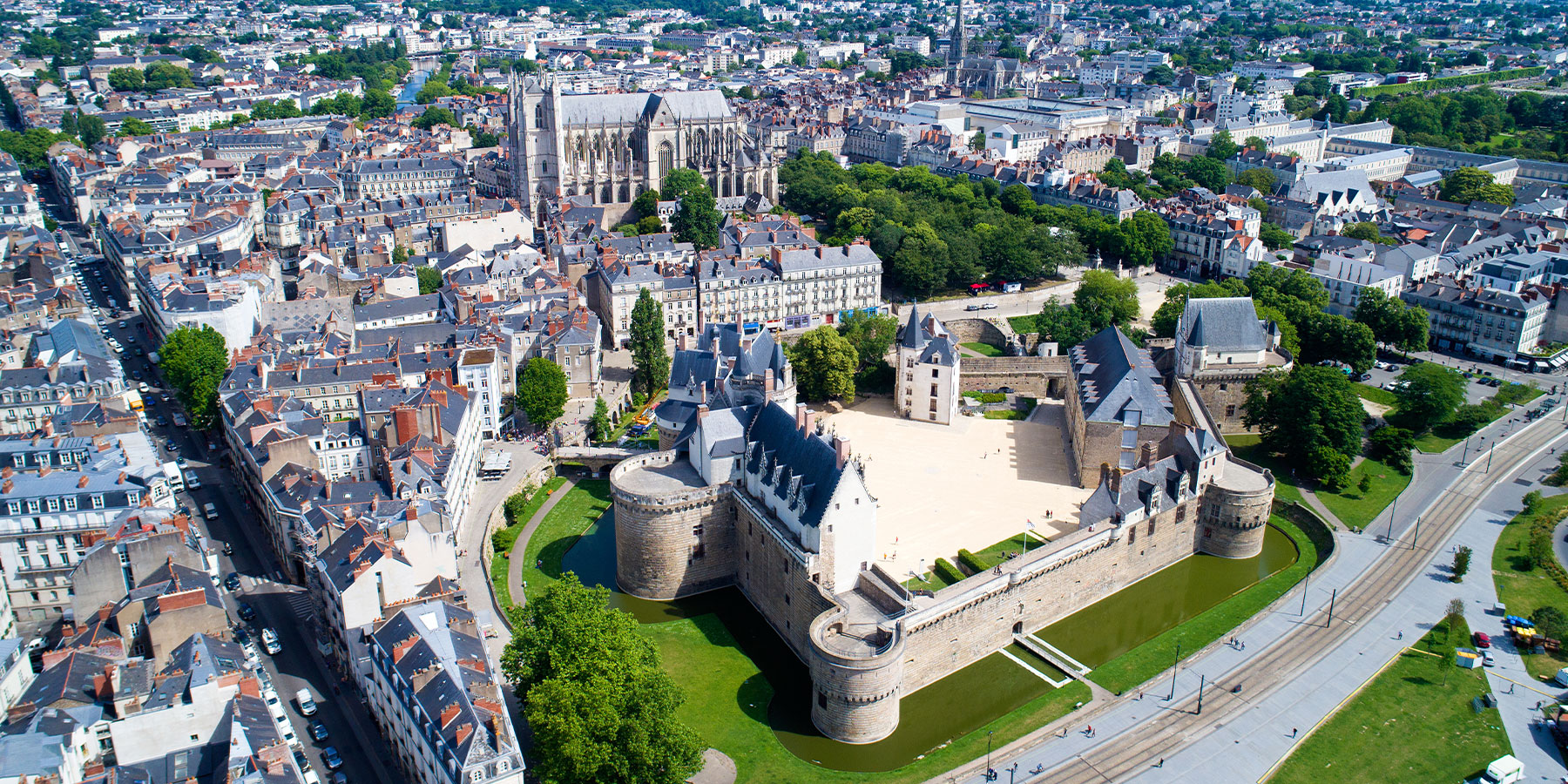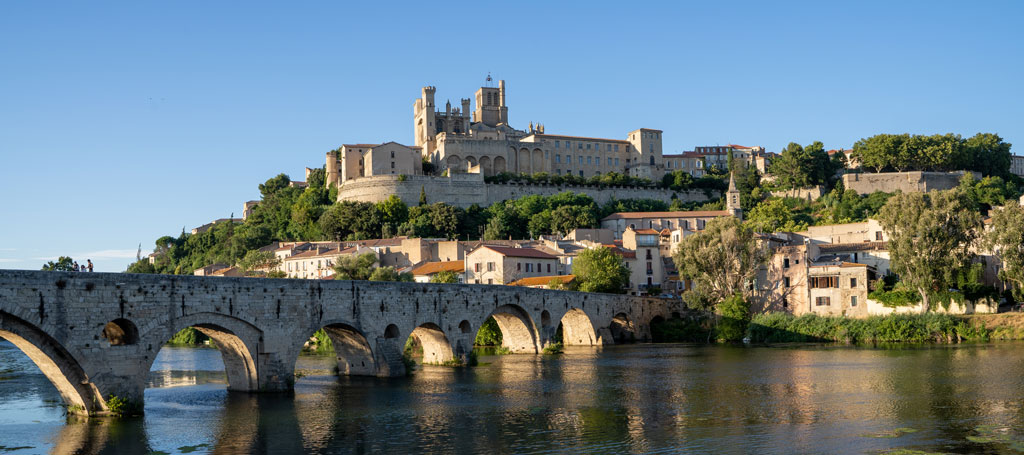
The Peyrou Promenade

This point of interest is available as audio on the tour: Visit Montpellier, The Gifted City
With its sweeping views of the countryside and elegant terraced gardens, the Peyrou Promenade is a place where many visitors find themselves daydreaming. However, getting to what we see today took time and this place went through several stages of beautification over the years. The very first, and not the least important, dates back to the 17th century. Back then, the States of Languedoc, a provincial assembly, voted to erect an equestrian statue of Louis XIV in Montpellier. Finding the perfect location for this became a mission of the highest importance. Willing to match the splendor of the Sun King, the City Council chose the highest point in the Languedoc capital for its tribute. A place now called the Peyrou Promenade. While the view there was clear, the terrain wasn’t really suitable for hosting the sovereign’s statue. The Peyrou—meaning “rocky” in Occitan—was nothing more than a stony hill swept by winds, which until then had served as an advanced defense post for the medieval city. To make it more attractive, major earthmoving and leveling work began in 1689. The promontory quickly transformed into a vast esplanade 286 meters long and 75 meters wide, surrounded by strong stone walls. As planned, Louis XIV’s statue, designed by Jules Hardouin-Mansart, the king’s chief architect, was inaugurated there in 1718, yes you’ve heard that right, that’s 33 years after the original commission. This was due to the challenges of naval transport—very expensive and delicate—which the Wars of Religion significantly slowed down. Melted down during the French Revolution to make cannons, the statue was replaced by a replica half its size in 1838. In the second half of the 18th century, the Royal Square—formerly the Peyrou Promenade—underwent new redevelopment campaigns. To supply residents with drinking water, the city built a majestic water tower surrounded by basins in the heart of the French gardens around 1768. This neoclassical structure was directly fed by the impressive Saint-Clément aqueduct, built by hydraulic engineer Henri Pitot 15 years earlier. A concentration of historical monuments still exuding an air of royalty, the Peyrou Promenade is also a favorite spot to enjoy an exceptional view of Montpellier. You can see both nearby and distant surroundings, including the Pic Saint-Loup, marking the beginning of the Cévennes, visible from behind the water tower. Plenty of amazing material for your photo album!


Discover Montpellier with app
An interactive guide through the most beautiful streets, squares, and districts
19 fun audioguides full of historical facts, anecdotes, and legends





Comments